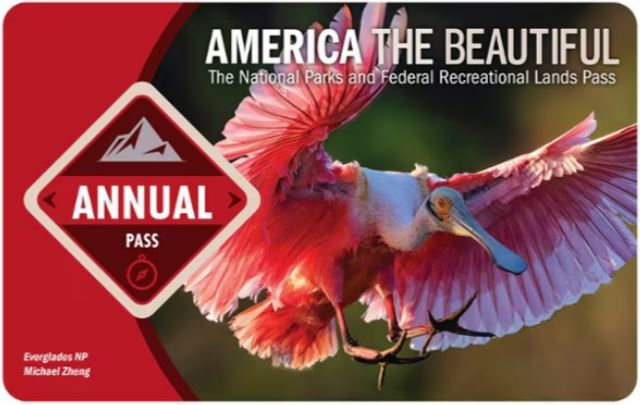If this is your first time visiting Joshua Tree National Park, then you may be finding planning your trip there a little overwhelming. It’s not uncommon for a first-time visitor to Joshua Tree feel that way.
Which is why I’ve compiled my top Joshua Tree tips.
I’m James Ian and I’m a national park expert and I’m happy to share this Joshua Tree visitor guide with you.
Subscribe to daily national parks planning tips, travel inspiration and trip ideas and I’ll send you a free PDF of this Guide:
10 Tips For Visiting Joshua Tree National Park
No time right now to read these tips for visiting Joshua Tree National Park, California? Pin It and save it for later:
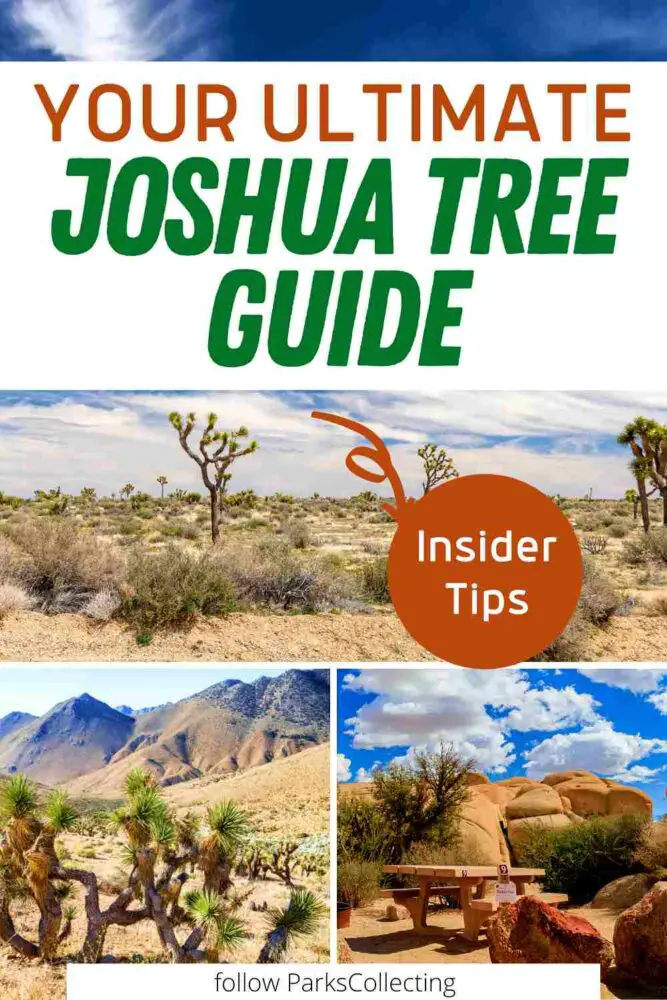
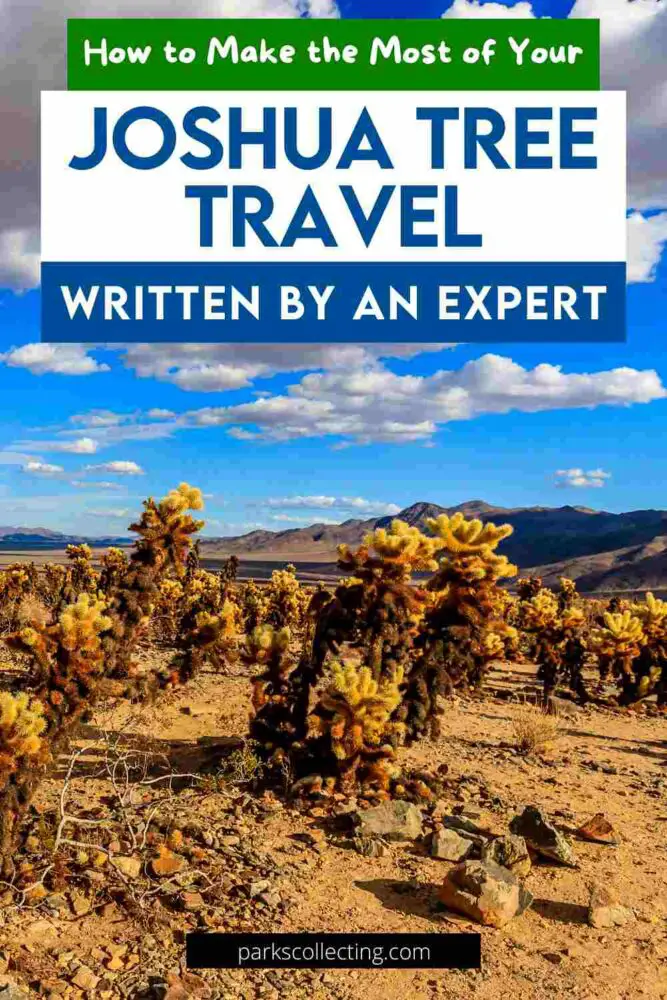
🛏️TOP HOTEL PICK: Check availability now
🚘FIND THE CHEAPEST CAR RENTAL: Search Discover Cars for the best deals
✈️FIND THE CHEAPEST FLIGHTS: Search Skyscanner for the best deals
🧳GET TRAVEL INSURANCE: Get insured with Travelex before you go
📱TAKE AN AUDIO TOUR: Buy an audio tour now
Table of Contents
1. Enter the Park Early in the Day
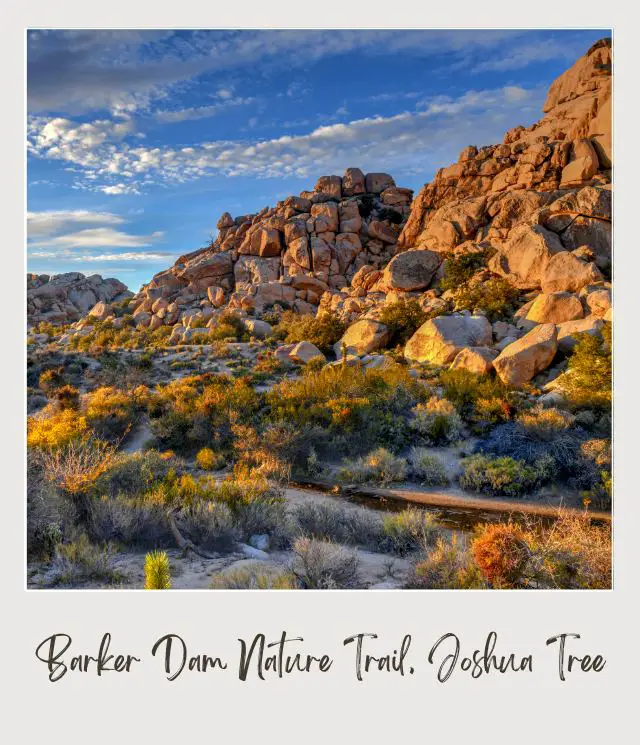
If you want to make the most of your visit to Joshua Tree National Park, it’s best to arrive early. This is especially true on weekends when the park can get crowded. Entering the park before 9:00 AM can help you avoid long lines at the entrance stations.
You’ll also have a better chance of finding parking at popular trailheads and viewpoints before the crowds arrive. Early mornings are also the best time to enjoy the park’s iconic landscapes in the softer light. Plus, starting your hikes early means you’ll avoid the midday desert heat.
2. Bring Plenty of Water
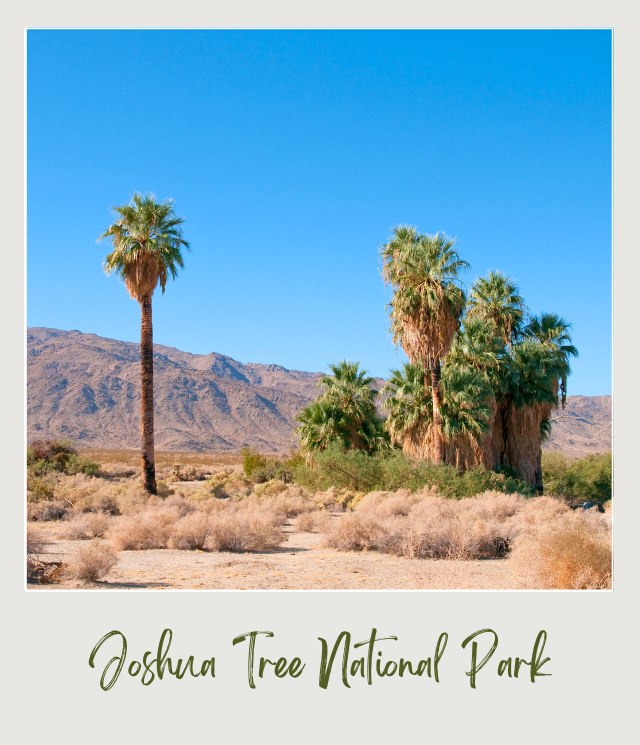
One of the most important things to pack for your Joshua Tree trip is water – and lots of it. The park recommends bringing at least one gallon per person per day. This might seem like a lot, but in the dry desert climate, you’ll be surprised how quickly you go through it.
Water is only available at the following locations:
🚰 Oasis of Mara Trailhead at Joshua Tree National Park Headquarters
🚰 West Entrance Station
🚰 Black Rock Campground
🚰 Cottonwood Campground
🚰 Indian Cove Ranger Station
The NPS advises all visitors to bring all the water you’ll need for the day with you in case something happens and you can’t get to one of these places or they don’t have water for some reason.
Remember to drink regularly, even if you don’t feel thirsty. Dehydration can sneak up on you quickly in the desert.
3. Download Offline Maps and Bring a Printed Backup
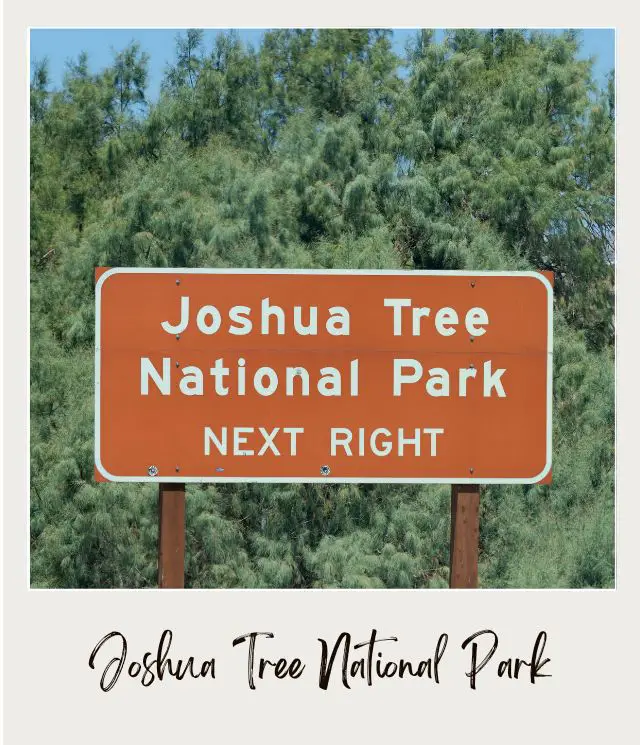
Cell service in Joshua Tree National Park is not good. Don’t rely on having access to online maps or information during your visit. Instead, download offline maps of the park before you arrive. This way, you’ll always have access to park information and navigation, even if you can’t get a signal.
It’s also a good idea to pick up a printed park map at one of the entrance stations. These maps are available for free and provide a great overview of the park’s roads, trails, and points of interest. Keep one in your car or backpack as a backup, just in case your phone runs out of battery or you encounter any technical issues.
➡️ The other option is to buy a National Geographic topographical hiking map in advance. I love these. Get the Joshua Tree map on Amazon here.
4. Pack a Basic First Aid Kit
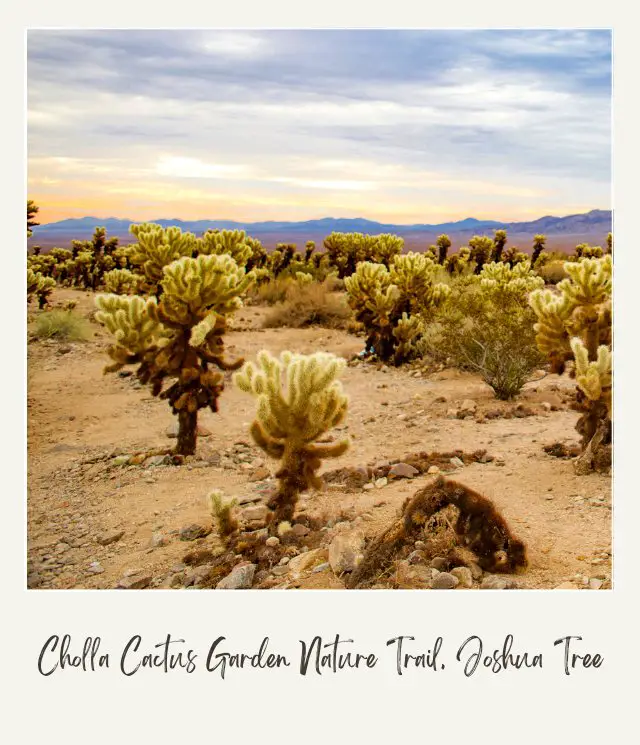
While no one wants to think about accidents or injuries on vacation, it’s always better to be prepared. Pack a small first aid kit with essentials like bandages, antiseptic, and pain relievers. Get one here if you don’t have one.
In Joshua Tree, you will want to make sure it includes tweezers.
Why tweezers? The park’s iconic Joshua trees and many other desert plants are actually types of yucca, with sharp spines that can easily puncture skin. Plus, the cholla cacti are often called “jumping cactus” because their spines, which look cute and fuzzy from a distance, ‘jump’ onto you – and are extremely difficult to remove.
Tweezers can be a lifesaver for removing cactus spines or splinters if you accidentally brush up against a spiky plant. Trust me, it’s a small addition to your pack that can make a big difference in your comfort.
5. Be Prepared for Temperature Swings
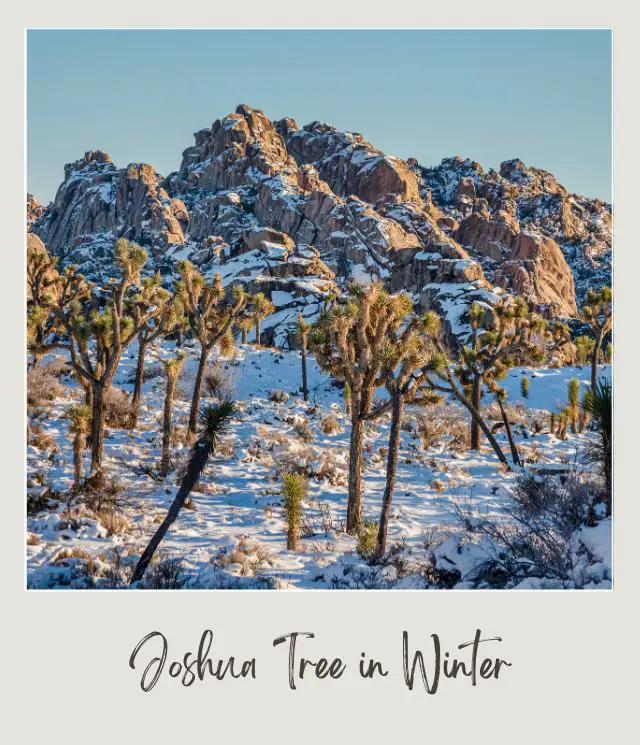
Joshua Tree’s desert climate means big temperature swings between day and night. Even if you’re visiting in summer when daytime temperatures can soar above 100°F (38°C), nights can be surprisingly chilly, often dropping into the 60s°F (15°C).
Pack layers that you can easily add or remove as the temperature changes. A lightweight, long-sleeved shirt can provide sun protection during the day and warmth in the evening. Always bring a jacket or sweater, even if it feels too hot when you leave your hotel in the morning. You’ll be glad you have it when you’re stargazing in the cool night air.
6. Reserve Campsites Well in Advance
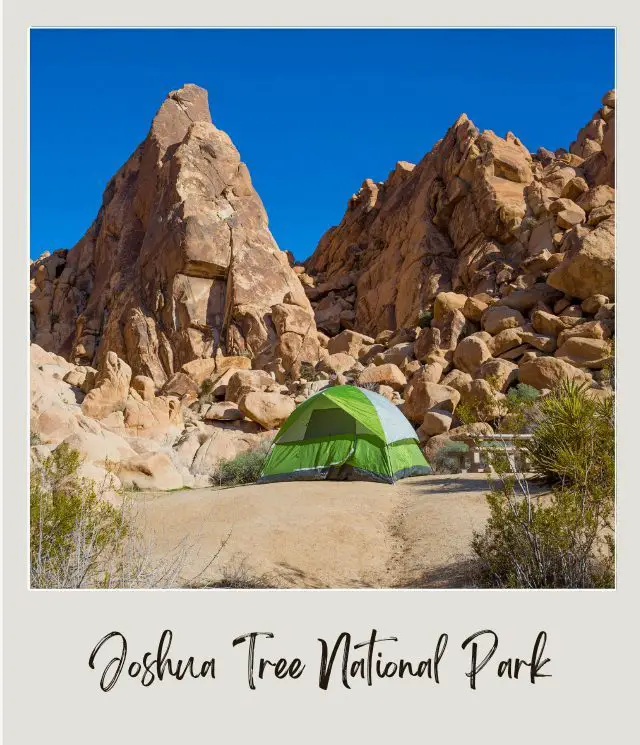
If you’re planning to camp in Joshua Tree, you’ll need to plan ahead. Campsites can book up months in advance, especially on spring and fall weekends when the weather is most pleasant. October to May are the busiest months.
Reservations can be made up to six months in advance on recreation.gov for sites at Black Rock, Indian Cove, Cottonwood, Ryan, Jumbo Rocks, and Sheep Pass campgrounds and reservations are highly recommended.
7. Bring a Red-Light Flashlight for Stargazing
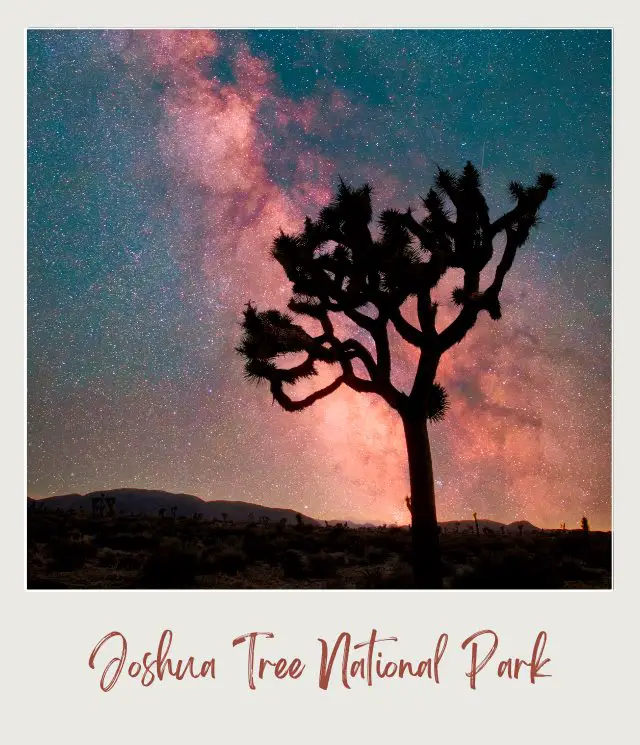
Joshua Tree is a designated International Dark Sky Park, offering some of the best stargazing opportunities in Southern California. To make the most of the park’s dark skies, bring a red-light flashlight or headlamp. ➡️ You can get one on Amazon here.
Red light helps preserve your night vision, allowing you to see more stars and planets. White light, on the other hand, can cause your pupils to constrict, making it harder to see in the dark.
There are four designated stargazing areas: the parking lots of Quail Springs, Hidden Valley, Cap Rock, and Ryan Mountain. However, you can park at any roadside pullouts and set up chairs to watch the stars overhead.
The Pinto Basin Road between Cholla Cactus Garden and Cottonwood has the least traffic and darkest skies.
8. Fill Up Your Gas Tank Before Entering the Park
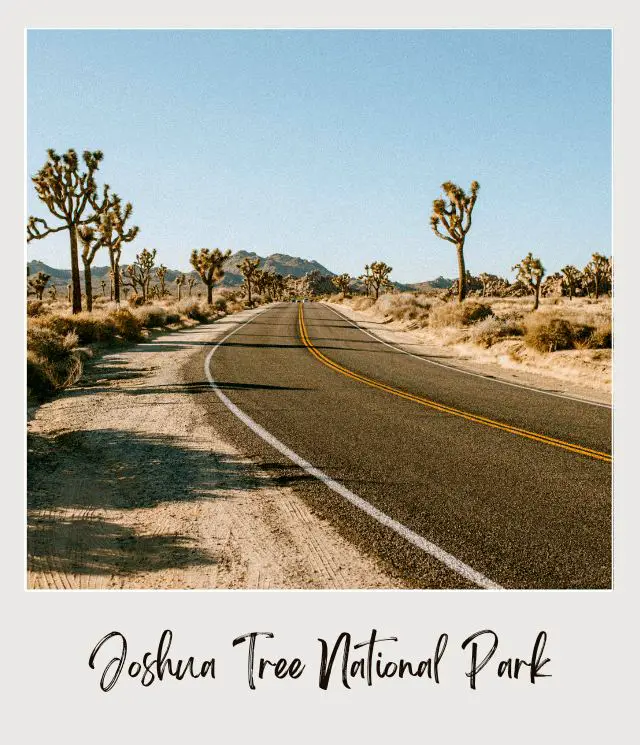
There are no gas stations within Joshua Tree National Park. The closest places to fill up are in the towns of Twentynine Palms, Joshua Tree, or Indio, depending on which entrance you’re using.
Make sure you have a full tank before entering the park, especially if you’re planning on doing a lot of driving or exploring some of the more remote areas. It’s not uncommon for visitors to underestimate how much gas they’ll use driving between trailheads and viewpoints and running out of gas in the middle of the desert is not a situation you want to find yourself in.
9. Consider Purchasing an America the Beautiful Pass
If Joshua Tree is just one stop on your national park road trip, consider purchasing an America the Beautiful pass. This annual pass costs $80 and provides access to all National Park Service sites that charge an entrance fee for a full year.
➡️ Get an America The Beautiful pass on REI here.
This can be a great deal if you’re planning to visit multiple parks within a 12-month period. Joshua Tree’s entrance fee alone is $30 per vehicle, so the pass can pay for itself quickly. Plus, it’s convenient not having to worry about paying entrance fees each time you visit a new park.
10. Use Established Pullouts for Parking and Photos
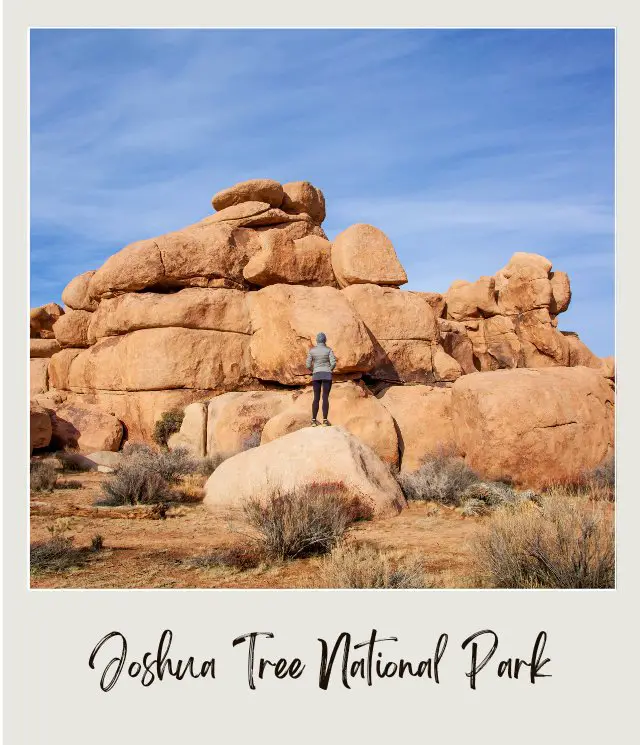
It can be tempting to pull over anywhere to snap a photo of a stunning Joshua tree or rock formation, but it’s important to only park in established pullouts. Driving or parking off-road can damage the delicate desert ecosystem, which can take years to recover.
Joshua Tree has many designated scenic pullouts along its main roads, especially on Park Boulevard and Keys View Road. Use these for parking, photography, and enjoying the views. If a pullout is full, don’t be tempted to create your own – just move on to the next one. By staying on established roads and trails, you’re helping to protect the park for future visitors.
Enjoy your trip to Joshua Tree!
More Planning Resources for Joshua Tree National Park
⭐ Joshua Tree National Park Guide
⭐ Planning A Trip to Joshua Tree National Park: 7 Mistakes to Avoid
⭐ The 10 Best Hikes in Joshua Tree National Park
⭐ How to Get to Joshua Tree National Park
⭐ All The Airports Near Joshua Tree National Park
⭐ What Is The Closest Airport To Joshua Tree National Park?
⭐ Best Time To Visit Joshua Tree National Park
⭐ Visiting Joshua Tree National Park: What To Expect Throughout the Year
⭐ 10 Fun Facts about Joshua Tree National Park
⭐ The 20 Best Vacation Rentals in Joshua Tree
Do you have any other Joshua Tree travel tips? I’d love to hear about them. Join my private Facebook group National Parks Collectors and comment and let me know (you can also pick up extra planning tips, share your photos and stories with other national park lovers and more).
Subscribe to daily national parks planning tips, travel inspiration and trip ideas and I’ll send you a free PDF of this Guide:
10 Tips For Visiting Joshua Tree National Park
If you liked this article about the Joshua Tree National Park tips, Pin It to your Joshua Tree National Park board!


💡 Are you just starting to think about taking a national parks trip? Get Inspiration
‼️ Are you looking for helpful tips for visiting US national parks? Read articles that share useful tips on a range of national-park related issues
💻 Are you starting to plan a trip to Joshua Tree National Park? Read my Guide to Joshua Tree National Park
🛏️ Are you looking for a place to stay near Joshua Tree National Park? Find a vacation rental near Joshua Tree National Park
💲 Are you ready to book your trip? Use these Planning and Booking Resources
📖 Do you want to read a book about US national parks? Check out my Recommended Reading Lists
About the Author
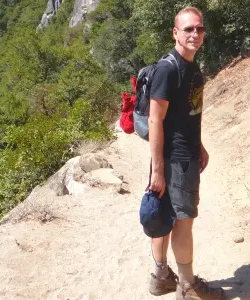
James Ian is a national park, camping and hiking expert.
He has dedicated his life to travel, visiting more than 80 countries, all 7 continents and most of the national parks in the United States. With over 35 years experience in the travel industry, James has worked on cruise ships, at resorts and hotels, and as a travel planner who’s helped hundreds of people plan successful trips to US national parks.
Based on his experience visiting our national parks multiple times, in-depth research and expertise as a travel planner, James has published detailed itineraries for many of the major national parks in the US. These itineraries, as well as in-depth park guides, and other resources will help you have your own incredible trip to US national parks without stress and hassle.
As a national park expert, James has contributed to many publications, including USA Today, Newsweek, Time Business News, Savoteur, Best Trip, and Wired.
I’m a member of the Amazon Services LLC Associates Program. As an Amazon Associate I earn from qualifying purchases.

